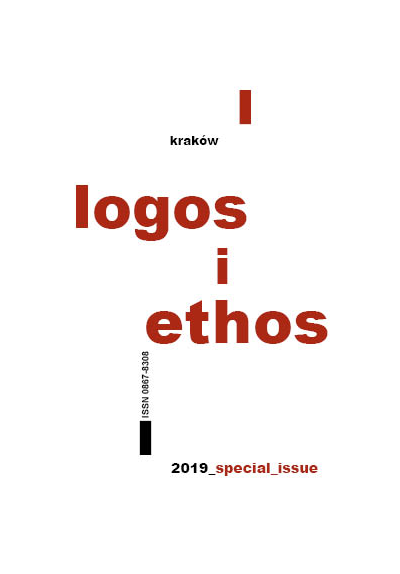Man and the natural world
DOI:
https://doi.org/10.15633/lie.3472Keywords:
environmental ethics, biocentrism, species egalitarianismAbstract
The paper takes up Paul W. Taylor’s theses (beliefs) concerning the relations between human beings and the environment. First thesis sets forth that humans are members of the Earth community of life; second, humans are interrelated with other species; third, all organisms are teleological centers of life tending to fulfill their inner good; fourth, humans are equal with other living creatures. These theses are analyzed in-depth and critically assessed. Most controversial is the last belief. It implies that all living creatures have the same value and should be treated equally. The paper shows that these assertions are not viable. More realistic is the idea that natural living creatures differ as far as their values are concerned. Hence, in the paper is undertaken an attempt to figure out a method of disclosing these axiological differences, starting from a personalist model describing mutual relations between anthropology and ethics.
References
Arystoteles, Etyka nikomachejska, trans. D. Gromska, Warszawa 2000.
Callicott J. B., Environmental Ethics, [in:] Encyclopedia of Bioethics, ed. S. G. Post, vol. 2, New York 2003, pp. 757–776.
Galewicz W., O dobru drzew i ekologicznej reformie utylitaryzmu, [in:] Świadomość środowiska, ed. W. Galewicz, Krakow 2006.
Lee P., George R. P., Body-Self Dualism on Contemporary Ethics and Politics, New York 2008.
Merecki J., Naturalizm etyczny. Błąd naturalistyczny, [in:] Powszechna encyklopedia filozofii, ed. A. Maryniarczyk, vol. 7, Lublin 2006.
Schmidtz D., Are All Species Equal?, [in:] Environmental Ethics. What really Matters, What really Works, ed. D. Schmidtz, E. Willott, New York 2002.
Styczeń T., Antropologia a etyka, [in:] T. Styczeń, W drodze do etyki, Lublin 1984, pp. 121–130.
Taylor P. W., Respect for Nature. A Theory of Environmental Ethics, Princeton 1986.
Taylor P. W., The Ethics of Respect for Nature, „Environmental Ethics”, vol. 3, 1981, pp. 197–218.
Downloads
Published
Issue
Section
License
Copyright (c) 2020 Grzegorz Hołub

This work is licensed under a Creative Commons Attribution 4.0 International License.
Authors who publish with this journal agree to the following terms:
- Authors retain the copyright and full publishing rights without restrictions, and grant the journal right of first publication with the work simultaneously licensed under a Creative Commons Attribution 4.0 International License that allows others to share the work with an acknowledgement of the work's authorship and initial publication in this journal.
- Authors are able to enter into separate, additional contractual arrangements for the non-exclusive distribution of the journal's published version of the work (e.g., post it to an institutional repository or publish it in a book), with an acknowledgement of its initial publication in this journal.
- Authors are permitted and encouraged to post their work online (e.g., in institutional repositories or on their website) prior to and during the submission process, as it can lead to productive exchanges, as well as earlier and greater citation of published work (See The Effect of Open Access).

